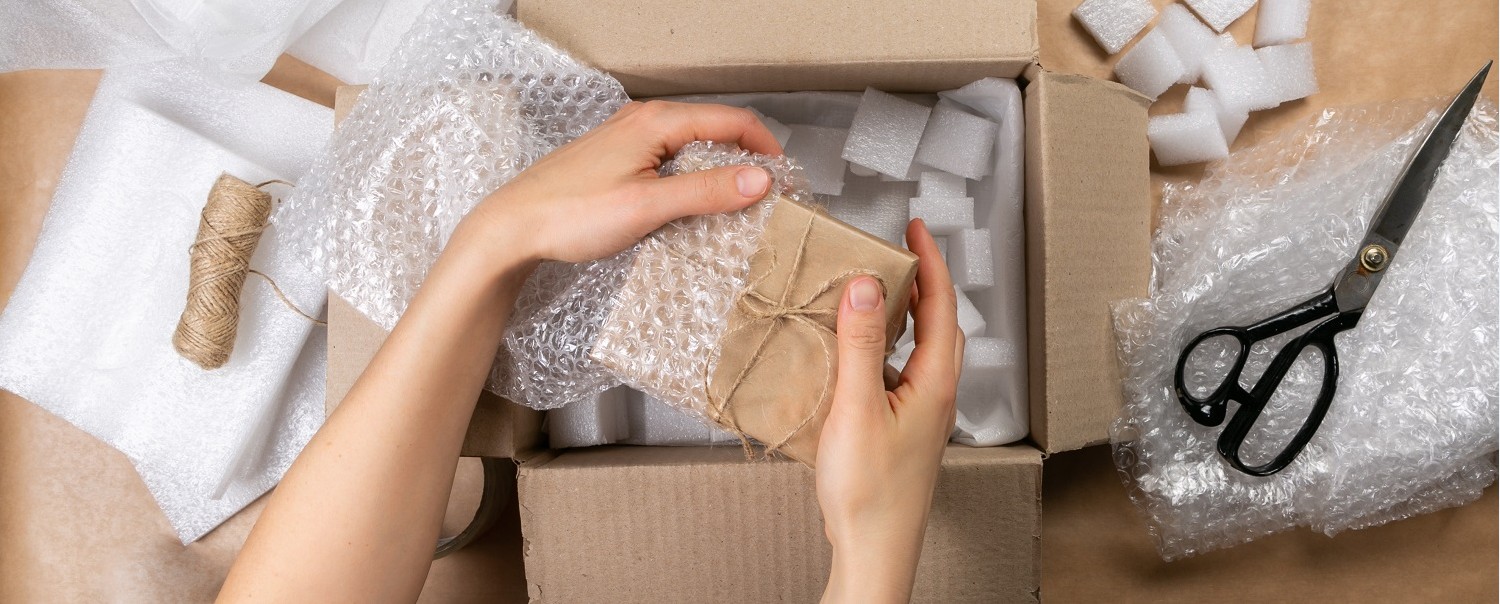Walking down any store aisle, you’ll notice something interesting. Your eyes automatically drift toward certain products while completely ignoring others sitting right next to them. This isn’t random – it’s the result of smart packaging decisions that create an instant connection with shoppers.
Why Your Package Matters More Than You Think
Most business owners focus heavily on creating amazing products, which makes perfect sense. However, they often underestimate how much their packaging influences whether someone actually picks up their product in the first place. Research shows that shoppers make purchasing decisions in less than seven seconds, and your package is doing most of the talking during those crucial moments.
The truth is, your packaging serves as your silent salesperson. When a customer can’t try your product before buying it, they’re making judgments based entirely on what they see. Your container needs to communicate quality, value, and trustworthiness without saying a word.
The Psychology Behind Package Appeal
Understanding what draws people to certain products starts with recognizing how our brains process visual information. Shoppers scan shelves quickly, looking for familiar shapes, appealing colors, and clear information. Products that stand out in a positive way get picked up more often, which directly translates to more sales.
Color plays a huge role in this process. Different colors trigger different emotional responses, and successful brands use this to their advantage. Red creates urgency and excitement, blue suggests trust and reliability, while green often connects to health or environmental benefits. The key is choosing colors that match what you want customers to feel about your product.
When selecting containers for beverages, many successful companies have discovered that soda cans offer unique advantages in this visual competition. These containers provide excellent surface area for eye-catching designs while maintaining the familiar shape that customers associate with quality drinks.
Material Choices That Build Trust
The material you choose for your packaging sends a strong message about your product’s quality. Customers often associate certain materials with premium experiences, while others might suggest budget options. Understanding these associations helps you make choices that support your brand positioning.
Aluminum containers, for example, have become synonymous with freshness and quality in the beverage industry. They protect contents from light and air better than many alternatives, and customers have learned to associate this protection with better-tasting products. Glass suggests premium quality but can be impractical for certain situations. Plastic offers affordability and convenience but might not convey the same level of quality perception.
Your material choice also needs to align with your target market’s values. Environmentally conscious consumers increasingly prefer recyclable options, while convenience-focused shoppers might prioritize lightweight and shatter-resistant materials.
Size and Shape Strategy
The dimensions of your packaging can significantly impact purchasing decisions. Larger packages might suggest better value, while smaller ones could indicate premium quality or portion control. The shape also matters – unique or distinctive shapes help products stand out on crowded shelves.
Consider how your package will be used by the end customer. Will they be drinking on the go, sharing with others, or storing the product at home? These usage patterns should influence your size and shape decisions. A package that’s awkward to hold or store creates negative associations with your brand.
Clear Communication Without Clutter
Your packaging needs to communicate essential information quickly and clearly. Customers should be able to understand what your product is, what makes it special, and why they should choose it over alternatives. However, cramming too much information onto your package can backfire by creating visual chaos.
Focus on highlighting your strongest selling points prominently. If your product is organic, sugar-free, or locally made, make sure those benefits are easy to spot. Use fonts that are large enough to read easily, even from a few feet away. Remember that older customers and those with vision challenges need to be able to read your packaging too.
Testing Your Package in Real Conditions
Before committing to a packaging design, test it in realistic shopping environments. Place your package next to competitors’ products and see how it performs. Does it stand out? Can people read the important information? Does it look like it belongs in your target price range?
Consider asking potential customers for feedback during this testing phase. They might notice things you’ve overlooked or have insights about what would make them more likely to purchase your product.
Making the Investment Pay Off
Smart packaging choices require upfront investment, but they typically pay for themselves through increased sales and customer loyalty. When customers consistently choose your product over others, you build market share and can often command premium pricing.
Remember that packaging is one of the few marketing investments that directly impacts every single sale. Unlike advertising that reaches some potential customers, every person who buys your product interacts with your packaging. This makes it one of the most cost-effective ways to influence purchasing decisions.
The businesses that succeed long-term understand that packaging isn’t just about protecting their product – it’s about creating an experience that makes customers feel confident about their choice. When you get this right, customers don’t just buy your product once; they become loyal fans who recommend you to others.
